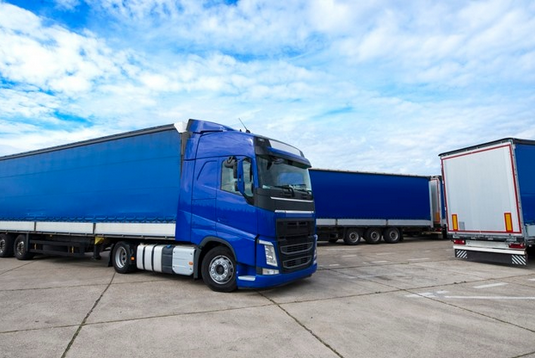
Talking about logistics involves many related concepts that may cause confusion. In this article, we will explain the differences between international logistics and international physical distribution and when each one should be used.
International logistics
This concept is defined as the set of operations needed to transport raw materials or goods from one country to another. The country of origin is called the exporter and the country of arrival is called the importer. It focuses on the product being transported to a specific point in the shortest possible time and with low costs. Logistics can be classified under the following headings:
Inbound: In this phase, the goods are prepared for export, and the inputs needed to transport the products are acquired.
Internal logistics: This is the ready-to-be-shipped phase of the goods or service to be exported. It refers to the set of material and information flows produced by the company, such as warehouse movements and stock control.
Reverse logistics: Addresses issues subsequent to the shipment of the goods, such as after-sales service and warranty management, receipt of claims, returns, and processes that add value to the exported product.
Exit: When the product is ready, preparations should be made for its next distribution. Logistics contemplates the actions to verify quality, prepare the packaging and finally dispatch the goods.
International physical distribution
International logistics focuses on the product being transported and distributed while international physical distribution focuses on the points of agreement between buyer and seller. International physical distribution has some characteristics that we mention below:
Description of the cargo: Here you should define the dimensions and the most important data of the goods.
Product values: Define the costs of the goods and also take into account the price to move the goods from the production center, customs procedures, taxes, among others.
Packaging: It must be adapted to the needs of the merchandise, for which boxes, bags, containers, or other storage methods can be used.
Delivery times: The exporter and the importer will agree on the times for the merchandise to arrive at the final destination and the inventories can be managed correctly.
International Trade Leader
Xborder solely exists to assist your e-commerce in its growing path, taking care of services such as import and export logistics, legal procedures, customer service, and technological tools that improve online quality. Delegating tasks to professionals is an excellent way for your business to mature.
To know more about all the different services offered, visit xborder.co








